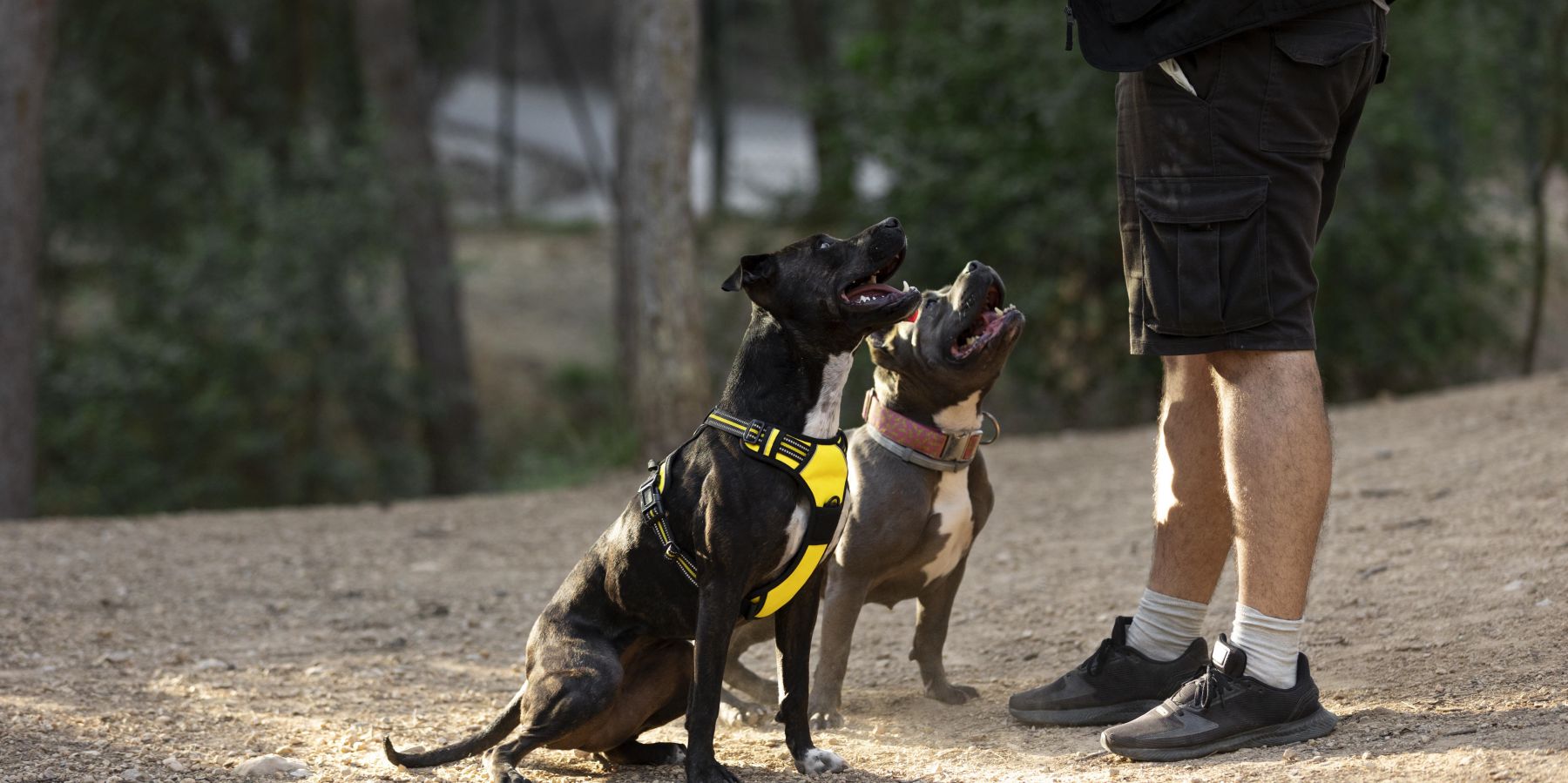When it comes to walking and training our furry friends, one of the first decisions we face is choosing between a dog harness and a collar. This choice is pivotal in ensuring not only the comfort of your pet but also their safety. Let's delve into the dog harness vs collar debate to help you make the best decision for your canine companion.
Understanding the Basics
Before diving into the dog harness vs collar comparison, it's important to understand what each option offers. A collar is a simple band that goes around a dog's neck, where you can attach a leash, tags, and other accessories. A harness, on the other hand, is a more complex structure that wraps around the dog’s body, with straps typically going around the neck and chest.
Safety and Comfort
When it comes to safety and comfort, the dog harness vs collar decision can greatly depend on the breed, size, and temperament of your dog. Harnesses distribute pressure more evenly around the body, which can be beneficial for dogs prone to respiratory issues or those with delicate necks. However, for well-trained dogs that do not pull, a collar might be sufficient and more comfortable, especially in hot weather.
Training and Control
For training purposes, the dog harness vs collar debate leans towards harnesses, especially for puppies or dogs that are still learning to walk on a leash. Harnesses offer better control and can discourage pulling without causing discomfort or injury to the dog’s neck. On the other hand, collars can be effective for dogs that have already mastered leash etiquette and do not pull excessively.
Specific Needs and Activities
The choice in the dog harness vs collar discussion also hinges on specific needs and activities. For instance, active dogs participating in sports or hiking might benefit more from a harness, which offers better support and control during vigorous activities. Similarly, for dogs with medical conditions like tracheal collapse, a harness is usually the safer option.
Types of Harnesses and Collars
When considering dog harness vs collar, it's also important to explore the various types available. Harnesses come in front-clip, back-clip, and multi-clip options, each serving different purposes. Similarly, collars range from flat, martingale, to special training collars. Your choice should be informed by your dog's specific needs, behavior, and comfort.
Pros and Cons
Let's weigh the pros and cons in the dog harness vs collar debate:
Harness Pros:
- Better control for training
- Even distribution of pressure
- Safer for dogs with neck or respiratory issues
Harness Cons:
- Can be hot and bulky for some dogs
- More complex to put on
Collar Pros:
- Simpler and often more comfortable for the dog
- Ideal for well-trained, calm dogs
Collar Cons:
- Risk of neck injury with excessive pulling
- Not suitable for dogs with certain medical conditions
Conclusion
In the dog harness vs collar decision, there is no one-size-fits-all answer. It largely depends on your dog’s breed, size, behavior, and your activities together. While harnesses offer better control and safety for certain dogs, collars might be sufficient and more comfortable for others. Always consider your dog’s specific needs and consult with a veterinarian or a professional trainer if in doubt.
Remember, whether you choose a harness or a collar, the most important thing is to ensure it's the right fit for your dog, both physically and in terms of their lifestyle. With the right choice, you and your furry friend can look forward to many comfortable, safe, and enjoyable walks together.


